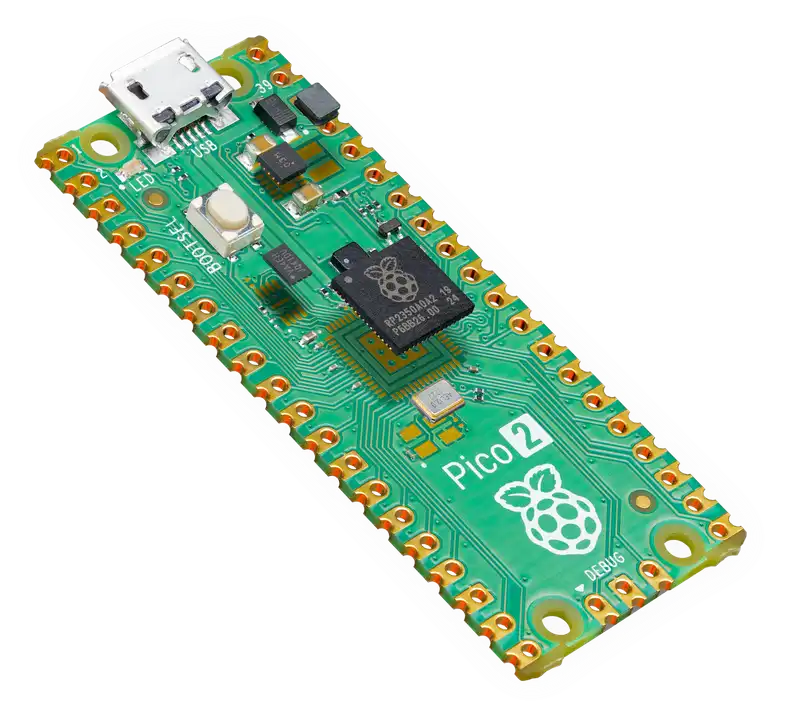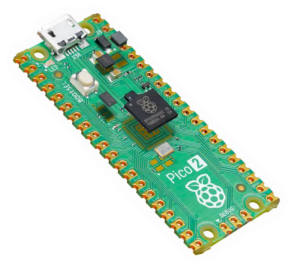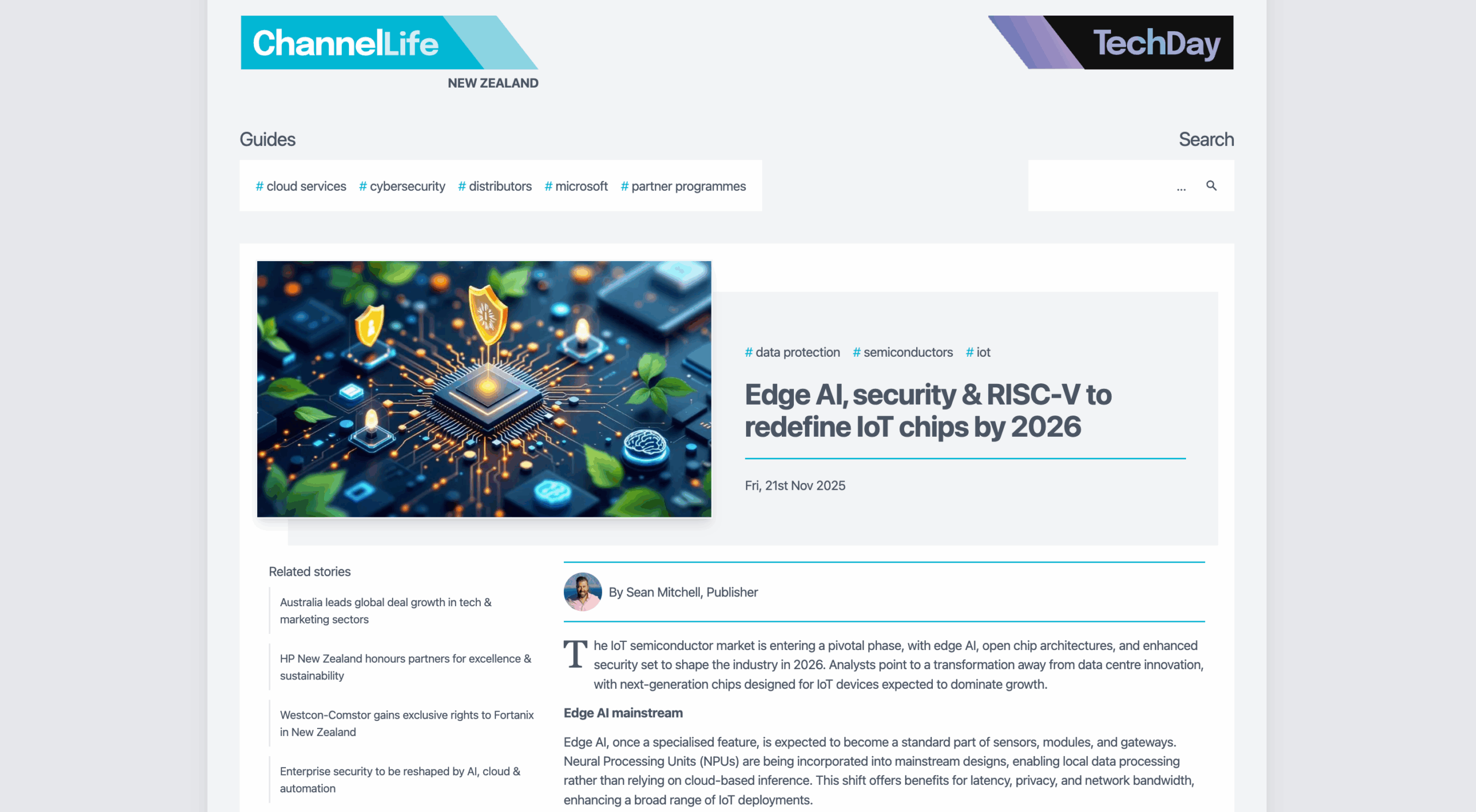
Raspberry Pi is one of the most recognisable brands of single board computers, created as an affordable way to promote the teaching of computer science to young people, to give them the confidence to experiment and learn without risking the stability of their family PC. Raspberry Pi has achieved this and a whole lot more. Their single board computers are now used for a wide range of applications, from home learning and classroom coding, to hobbyist projects and commercial deployment, including hydroponic farming, synthesizers, industrial process control and home hubs.
Starting with the release of Raspberry Pi Model B in 2012, Raspberry Pi has a history of innovation with a strong focus on user experience. Their expansion port designs enable easy customisation for specific applications, through Raspberry Pi add ons or developer created daughter boards. Raspberry Pi compute modules introduced a smaller, more productizable form factor for commercial deployment. A focus on software experience and high quality documentation enables everyone from young coders to seasoned developers to get the most out of their Raspberry Pi. One of the newest innovations in the lineup was the introduction of a Raspberry Pi microcontroller and development board targeting low power embedded applications, with a focus on strong IO capabilities.

Raspberry Pi support for RISC-V
This history of innovation continues with the introduction of Raspberry Pi Pico 2 powered by the new RP2350 MCU, which includes support for RISC-V! RP2350 features two RISC-V based Hazard3 cores along with two Arm based cores. Hazard 3 is compatible with the RISC-V RVI20U32 Profile, including the M, A, and C optional extensions and the B, Zbc, Zbkb, Zicsr, Zcb, and Zcmp non-profile extensions. These RISC-V cores can be selected at boot time and have access to all the MCU peripherals, including
- 2 × UARTs
- 2 × SPI controllers
- 2 × I2C controllers
- 24 × PWM channels
- USB 1.1 controller and PHY, with host and device support
- 12× PIO state machines
- 1× HSTX peripheral
RP2350 features 520 KiB on chip SRAM, 8 KiB of one-time-programmable storage (OTP), and the option of 2 MiB internal flash. Two space efficient packages are available, QFN-80 (10 × 10 mm) and QFN-60 (7 × 7 mm).
The Hazard3 open source processor
The RISC-V based Hazard3 core featured in RP2350 was designed by Luke Wren, an engineer at Raspberry Pi. Hazard3 is completely his own design, licensed to Raspberry Pi. Luke started designing processors based on 7400-series logic in his free time when he was 16, and has progressed to working with the RISC-V ISA, inspired by the ability to experiment and extend on top of a clean, industry standard architecture. The momentum and ecosystem of RISC-V means that his work is supported by mature tools like GCC and LLVM, making it easy to develop for.
Hazard3 is a fork of one of Luke’s previous designs, Hazard5, with a focus on best possible performance at MCU clock frequencies inside a small silicon footprint. The process of development for the first instance of Hazard3 took less than a week from forking Hazard5! Luke is excited for the educational possibilities enabled by Hazard3 and has made it available on his GitHub page under an Apache Licence Version 2.0 for anyone to use, and to learn from. Future processor designers can view the unedited commit history for Hazard3 and learn from Luke’s development process, including his mistakes and how he corrected them. Students studying processor design can develop and test software workloads on RP2350, then look at the Hazard3 source, modify the processor to include their own custom instructions, then test their new version on an FPGA.
A focus on developer experience
Developer experience is fundamental to the success of Raspberry Pi, both in terms of tools support and documentation. Visual Studio support gives developers a familiar environment to work in, which benefits from the advantages of no large installations of tools, and no requirement for administrator privileges on the host computer. OpenOCD, the Open On-Chip Debugger is also supported.
Comprehensive datasheets for both Raspberry Pi Pico 2 and RP2350 are available. Raspberry Pi prides itself on its documentation as it believes well-structured, consistently styled, cohesive documentation enables developers to get the very best out of their products, while being efficient with their time.
Explore RISC-V Development with Raspberry Pi Pico 2
The new RP2350 MCU and Pico 2 carry on Raspberry Pi’s history of innovation, and with the inclusion of Hazard3 cores they are a great way for developers to explore RISC-V, giving them a stable, widely available platform on which to experiment.
Visit the Raspberry Pi website to find out more and to order your RISC-V enabled Raspberry Pi Pico 2!



